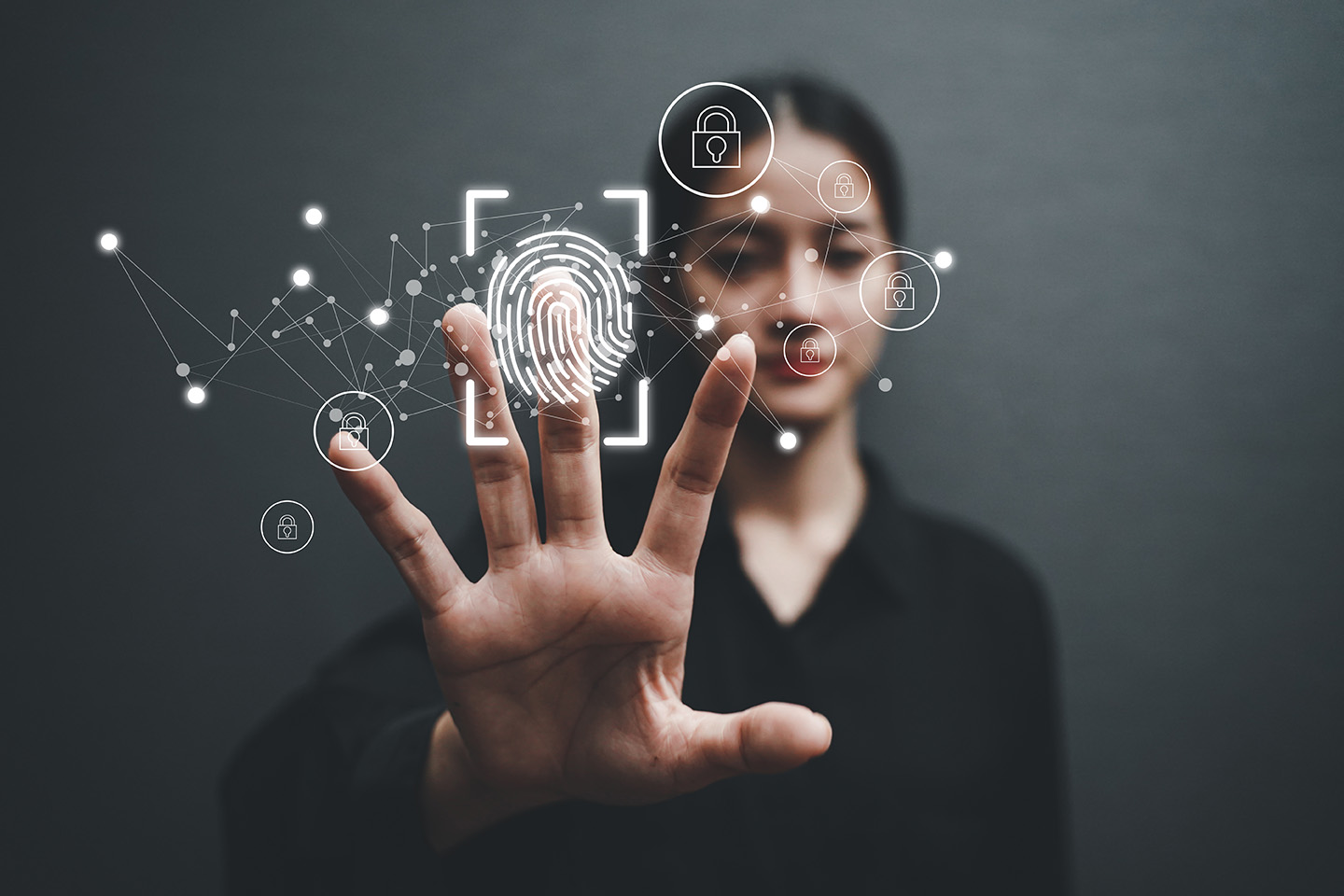What is digital identity?
A digital identity is a collection of data that digitally represents a person or entity, and commonly consists of name, date of birth, home address, and digital access and user behavior. In our digitally inclined world, digital identity serves as the link between people, devices, and data.
What digital identity is not
There’s a critical distinction between an individual’s personal identity and their digital identity. An individual’s personal identity is the unique set of characteristics that define that person in the physical world. A person’s digital identity refers to an individual’s digital footprint on a network.
A user is a specific person that accesses a system or platform, usually on a regular basis. A user may have a digital identity associated with the accounts they use, but the terms are not interchangeable. In fact, a user may have multiple digital identities.
Much like the term user, a digital identity is often confused with the term account. Digital identity covers a wider array of data and information. An account refers to a login credential providing access to a specific system or platform. Account information such as a username or password may be included within one’s digital identity.
Another term often used interchangeably with digital identity is digital footprint. An individual’s digital footprint has a narrower focus – specifically, it refers to a person’s trail of online activity they have left behind. Like the other associated terms, one’s digital footprint can contribute to the data making up an individual’s larger digital identity.
While they may sound similar, digital identity is not the same thing as a digital ID. A digital ID is a virtual identification modality that enables secure authentication and identity verification. Think of it in physical terms. Your identity is your name and the characteristics that define you. Your ID is an artifact you can use to prove your identity.
Types and examples of digital identity
Human identity refers to the digital identity of an individual or person. A machine identity is the identity of a specific device or system. Finally, cloud identity is an overarching identity solution that manages individuals and groups accessing a system.
With the rise of the Internet of Things (IoT), an increasing number of devices are connected to the internet and require digital identities. This includes everything from smart thermostats and home security systems to industrial equipment and medical devices. Managing and monitoring the digital identities of these devices is crucial for ensuring secure and reliable operation.
Organizations can also have their own digital identity in the same way an individual can. This includes all the information available about an organization in the digital space. It can encompass the data from a company’s website, social media accounts, and any other digital properties the organization may own or operate. Like individuals must be able to protect their digital identities, an organization should take special precautions to secure the data that makes up its digital identity. Failure to do so can lead to a lack of consumer trust and damage to its digital brand.
An introduction to Digital Identity Management
A digital identity is a collection of data that digitally represents a person or entity, and commonly consists of name, date of birth, home address, and digital access and user behavior. In our digitally inclined world, digital identity serves as the link between people, devices, and data.

Digital identity and Zero Trust
A Zero Trust Architecture (ZTA) limits the damage a bad actor can do by focusing on securing the identity rather than the perimeter. The purpose of this modern approach is to enable a user to access information only in accordance with policy and permissions.
At the core of Zero Trust lies identity and access management (IAM), which are the policies and identity management solutions that ensure the right users have access to the right data and applications, for the right reasons.

The role of digital identity in life- and mission-critical organizations
Today’s organizations are reliant on technology and have moved more interactions online, making digital identity crucial to understand and manage. Whether you’re protecting financial transactions or healthcare data, digital identities intersect with every aspect of our lives. But this leads to challenges, too.



